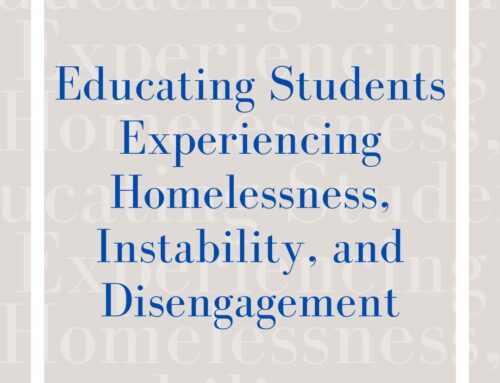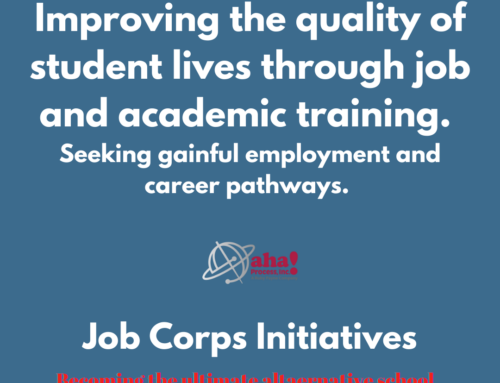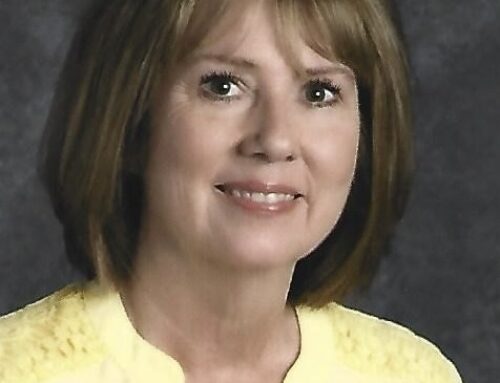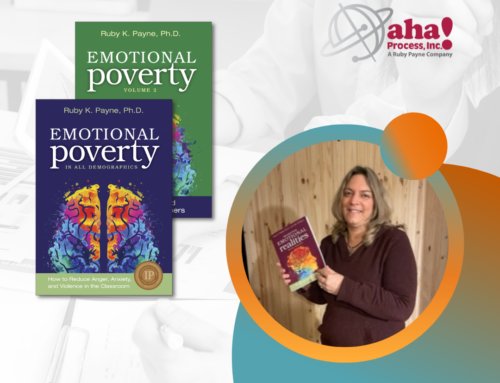By Teresa Johnson
The most recent blogs I have posted focus on my ideas of what comprises a recipe for student achievement and classroom success, particularly with high ability and gifted students. In the book From Vision to Action, I write about the curriculum framework (Framework 21) that I use in my direct teaching each year. Framework 21 extends the regular program core curriculum and specifically focuses on studies in core subject areas regular program teachers have a desire to extend but have difficulty finding the time to do so—with so many content standards to teach and curriculum pacing. Since 2009 I have found through standardized assessment and/or district assessment that mastery of content standards and achievement has increased in the majority of the students I serve.
The origin of Framework 21 began with a list of 26 universal concepts given to me in 2003 by the late Dr. Paul Slocumb to pilot in my gifted classroom. Dr. Slocumb worked on a curriculum model he titled the Heuristic Curriculum Model, which was first featured in the book Removing the Mask: Giftedness in Poverty. Throughout the pilot the students and parents responded so well to the implementation of the universal concepts that I had an idea of a mixed-model curriculum framework approach that combined a macro-managed approach (universal concepts), the poverty framework, technology, and 21st century skills. I returned to school in 2007 to scientifically test this idea.
At the end of the study year (2008–09), Framework 21 resulted in statistical significance in three core subject areas (reading/language arts, science, and social studies), and since that year has produced positive results that have increased each year, particularly in reading and language arts, with this school year (2012–13) yielding the most positive results. Students in sixth, seventh, and eighth grades in the two schools I serve as gifted instructor increased by a collective 66 points in reading/language arts achievement. One school collectively had a 24-point increase in reading/language arts, and the other school increased by a collective 42 points in the same area. In both schools, not one student scored below 83%, with the majority of students scoring at or above the 90th percentile. Students who attend my classes are collectively more high average in ability, and the majority of them are students with limited resources and parental assistance with schoolwork.
This year I piloted and incorporated within Framework 21 the new reading/language arts Common Core State Standards and the basics of a new reading comprehension program titled Jacob’s Ladder. I believe these additions enhanced the framework and achievement scores. The book Removing the Mask: How to Identify and Develop Giftedness in Students from Poverty will provide the basics to implement a macro-managed curriculum. From Vision to Action provides a more comprehensive explanation of Framework 21; my school district; its affiliation with aha! Process and Dr. Slocumb’s work; and the gifted program in my school district.
Bibliography
Bazata, B. et al. (2012). From vision to action: Best practices to reduce the impact of poverty in communities, education, healthcare, and more. Highlands, TX: aha! Process.
Common Core State Standards Initiative. (2012). Preparing America’s students for college and career. Retrieved from http://www.corestandards.org
Johnson, T. A. (2010). A curriculum design that meets the needs of 21st century learners. Unpublished doctoral dissertation, Trevecca Nazarene University, Nashville, TN.
Slocumb, P. D., & Payne, R. K. (2010). Removing the mask: How to identify and develop giftedness in students from poverty (2nd ed.). Highlands, TX: aha! Process.
VanTassel-Baska, J., & Stambaugh, T. (2011). Jacob’s ladder: Reading comprehension program grades 7–9. Waco, TX: Prufrock Press.








